Cosmic twist: New study suggests the universe could be spinning
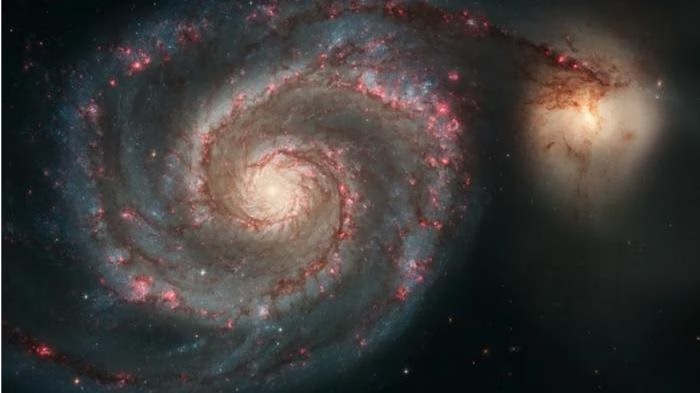
Researchers at the University of Hawaiʻi explore universe rotation, potentially resolving Hubble tension in expansion rates.
In the pinball world of asteroids, a mudball meteorite avoided collisions
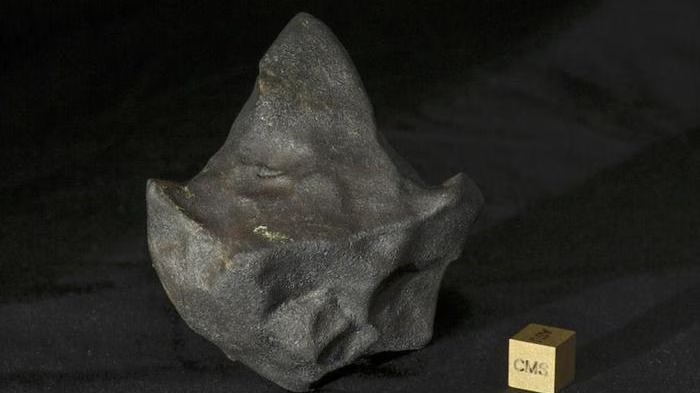
An international research team now believes that Aguas Zarcas is strong because it avoided collisions in space and did not have the cracks that weaken many meteorites.
“Out of science fiction”: First 3D observations of an exoplanet’s atmosphere reveal a unique climate
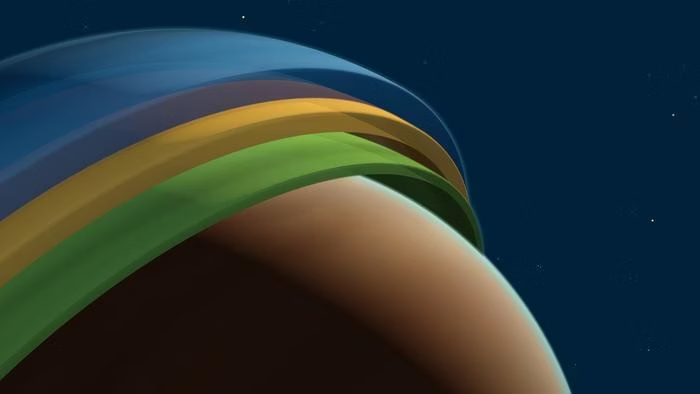
In a groundbreaking study from European Southern Observatory (ESO), astronomers discovered scorching winds that swirl titanium around an exoplanet with a 30-hour year.
The rotation of a nearby star stuns astronomers
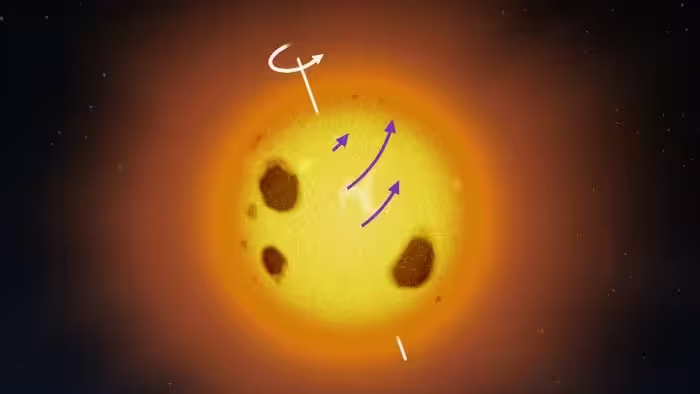
Astronomers from the University of Helsinki in Finland have discovered that the rotational profile of star V889 Herculis is strikingly different from the Sun’s.
‘Cosmic lighthouses’ that cleared primordial fog identified with JWST
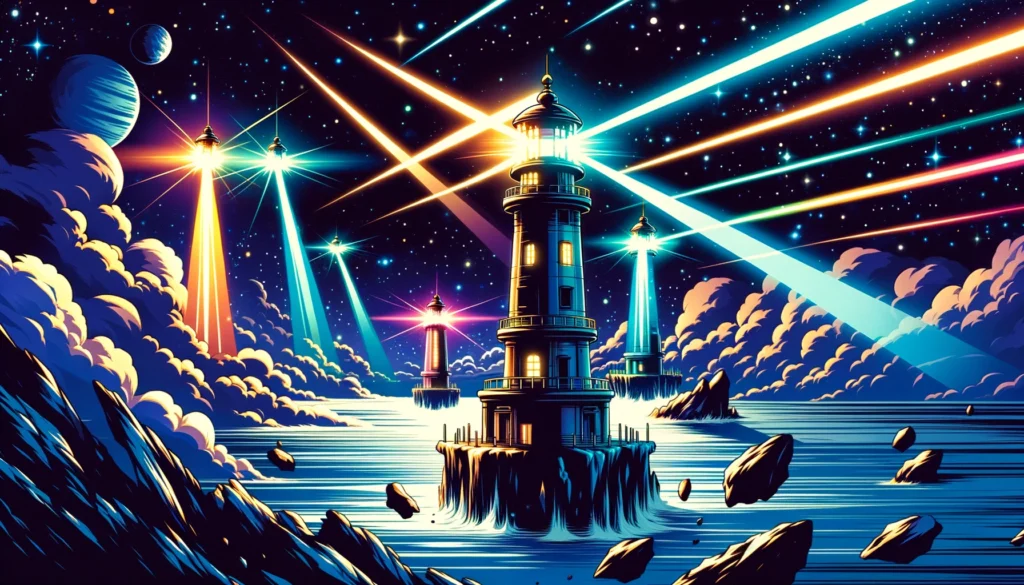
Scientists utilising NASA’s James Webb Space Telescope have unveiled the first full spectra of early starlight, revealing low-mass galaxies pivotal to the universe’s reionization less than a billion years after the Big Bang.
Webb finds evidence for neutron star at heart of young supernova remnant
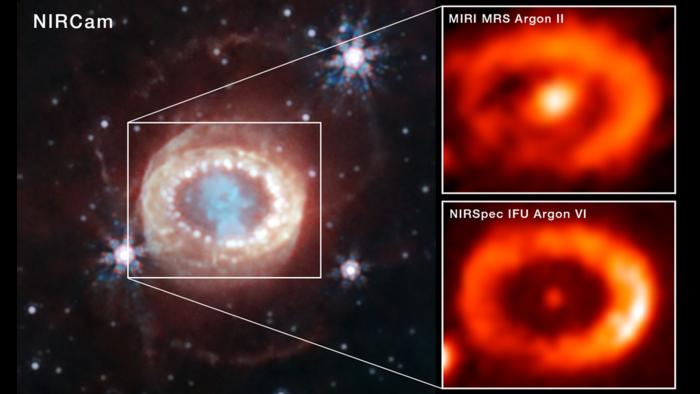
NASA’s James Webb Space Telescope has provided the most compelling evidence to date of a neutron star emanating from the remnants of the supernova SN 1987A, marking a significant breakthrough in the study of cosmic phenomena.
